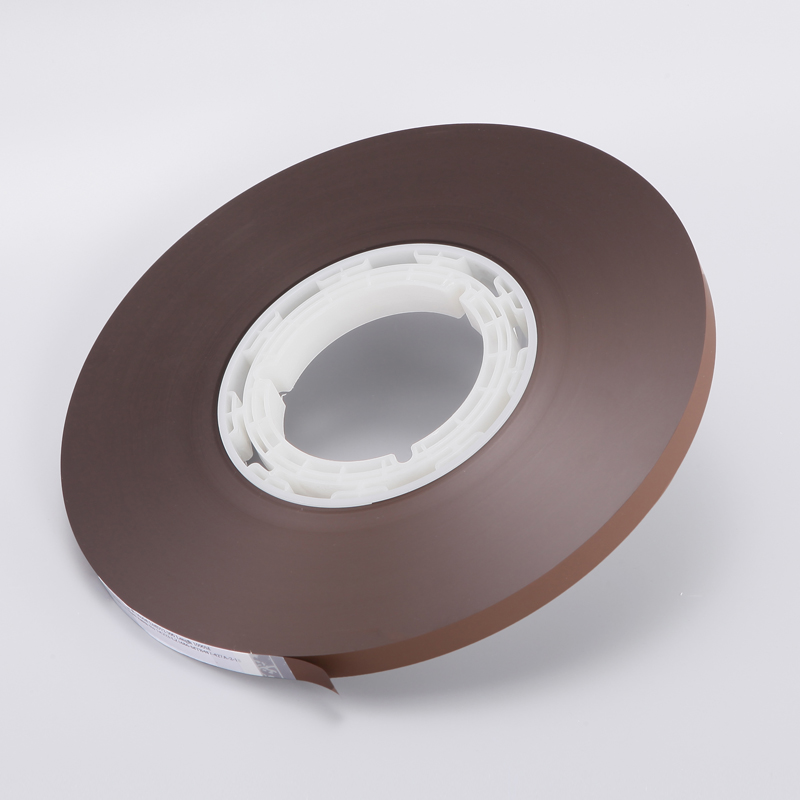About Us
Magnetic stripe: more than you want to know
Views : 3980
Update time : 2021-01-28 14:45:19
<p>As we now know in IS 7810, the International Organization for Standardization (ISO) laid the foundation for the physical dimensions of magnetic stripe cards, and then began to draw standard layouts for the data tracks in IS 7811.<br><br>If you look at a few cards that may be in your wallet or wallet, you will find the physical dimensions set by the ISO Technical Committee for information processing (TC 97). But you cannot see the data with the naked eye. What is the 0.33 inch by 3.375 inch stripe that is so important in durable technology? Many people are surprised by the small amount of data actually stored on the magnetic strip, which is probably due to the many applications and uses of the magnetic strip.<br><br>Track by track<br>A typical magnetic stripe card has two or three independent tracks. These tracks have a height of 0.11 inches and can be considered unique lines of text. Although the three tracks have been standardized through ISO efforts, the issuer can choose to cancel the third track according to the needs of the application. Each audio track has a different purpose, recording density and content.<br><br>The first trajectory designed by the International Air Transport Association (IATA) is conceived to retain air tickets and reservation data. Its use has been expanded and now has nothing to do with IATA in a practical sense. The track can store seventy-nine alphanumeric characters, each with seven digits. It is read-only, and the data compression rate is 210 bits per inch. Usually, the track 1 data includes the name and account number of the cardholder.<br><br>The second is the creation of the American Bankers Association (ABA). It contains 40 numeric characters and no alphabetic characters. Although the entire magnetic strip is usually called the ABA standard or ABA code, only the 40 numbers contained in this track are needed to make the card comply with ABA. Track 2 data is compressed at 75 bits per inch and is read-only, and a 16-digit account number is reserved in the first field.<br><br>Thrifty Industry has developed Track 3. The main difference from Track 1 and Track 2 is its read-write function. Track 3 is designed to be updated with each transaction, can hold 107 5-digit numbers, and uses a compression rate of 210 bits per inch.<br><br>How does this work<br>So how does it work? All magnetic recordings-audio tapes, video tapes or magnetic strips-can be achieved with ferromagnetic particles fixed in paint or tape. These particles are only one millionth of an inch long, and they retain charge after being removed by an external magnetic field. In other words, the particle retains its latest polarity (positive or negative).<br><br>On the uncoded strip, all particles are aligned in one direction, which means they all have the same polarity or charge. The encoding process involves changing the polarity of certain particles in designated areas of the stripes. Create patterns of negatively charged particles and positively charged particles. You can symbolize data in the pattern. In encoding devices such as those installed in most plastic card printers, it is an encoding head. The encoding head is actually just a magnetic field generator, which can switch between positive and negative charges according to the instructions of the computer. The computer tells the encoding head when to switch from positive to negative, thereby controlling the pattern of charged particles on the magnetic stripe.<br><br>Through this process, a binary situation is created-the particle state has only two options, positive or negative. In binary calculations, these states are read as zeros and ones. Like all digital media and computers, letters and numbers can be represented by a series of zeros and ones.</p><p><img src="/uploads/20210128/51912c4192fc52f35cb98862013f9d93.jpg" style="max-width:50%;"><img src="/uploads/20210128/68ad7b4e07a8daf150782cf71e99d167.JPG" style="max-width: 50%;"><br></p><p><br></p>
相关新闻


